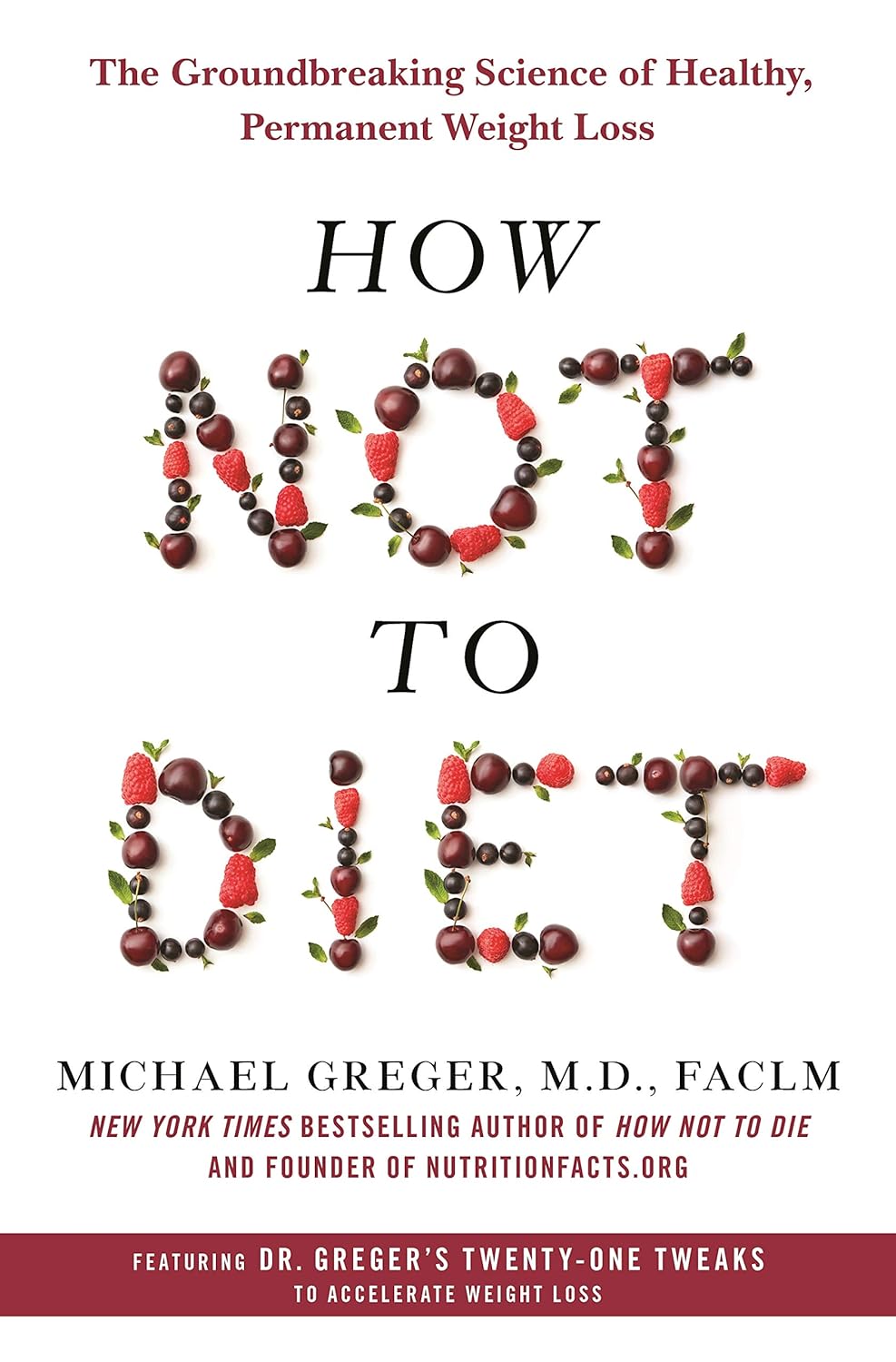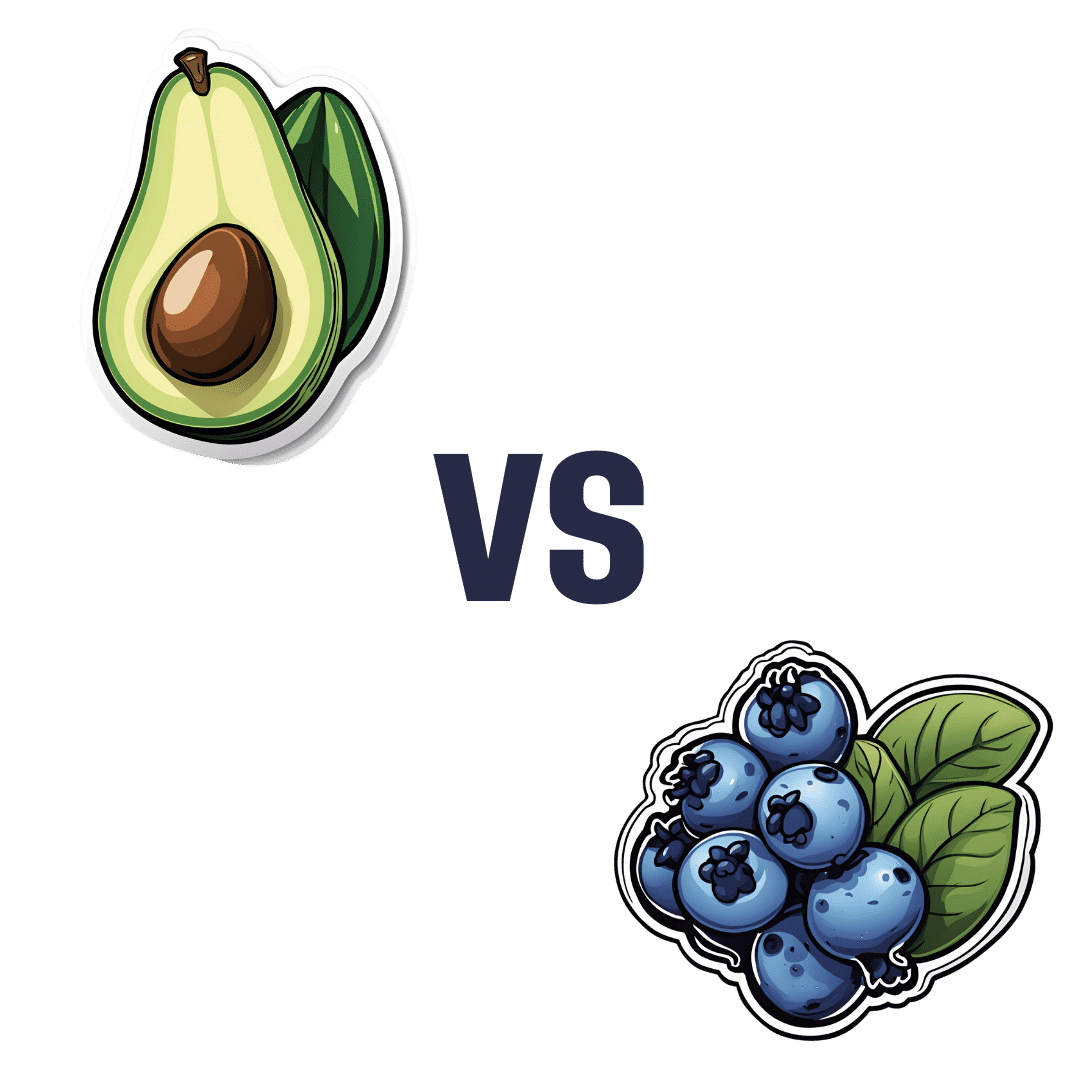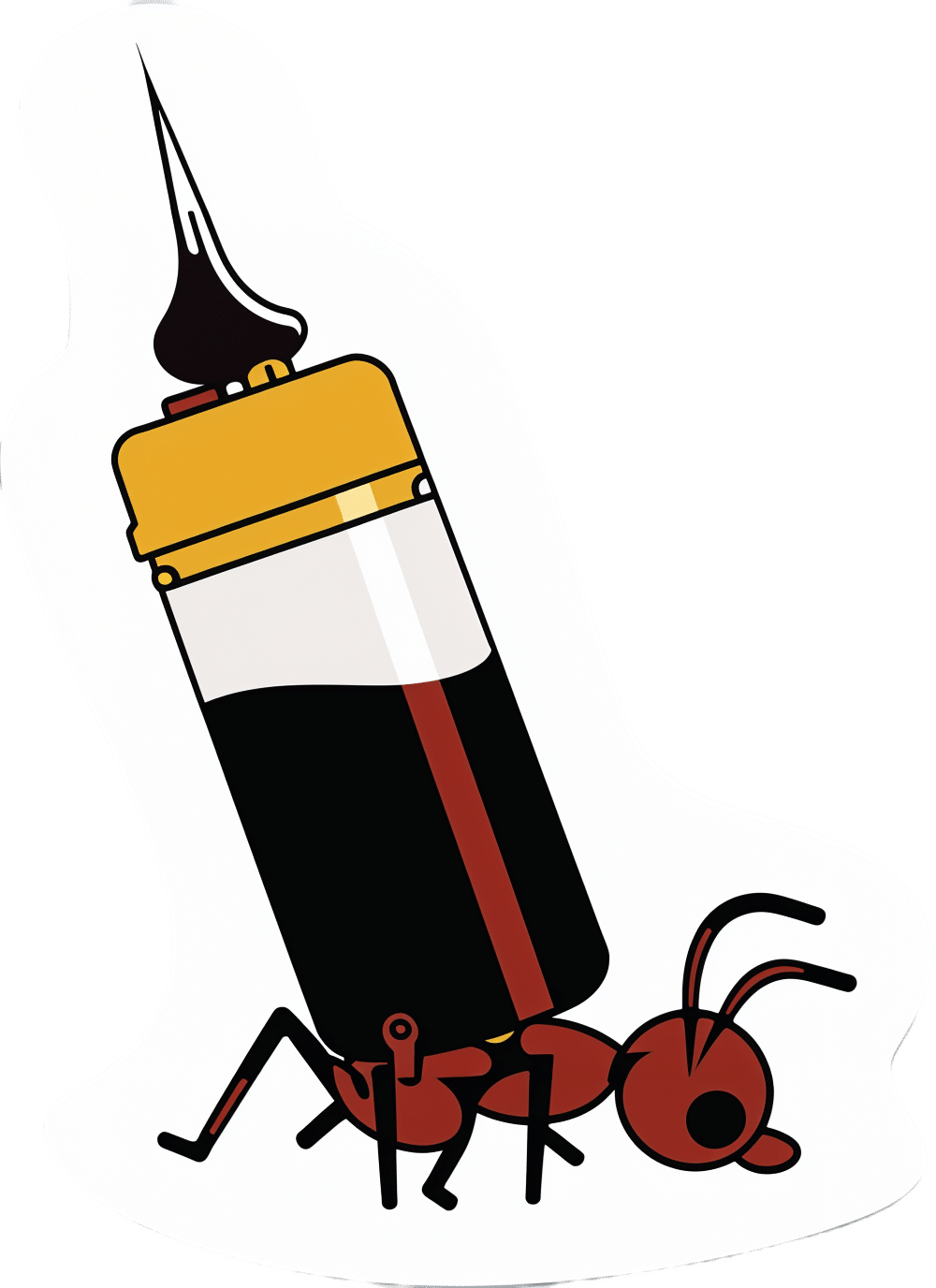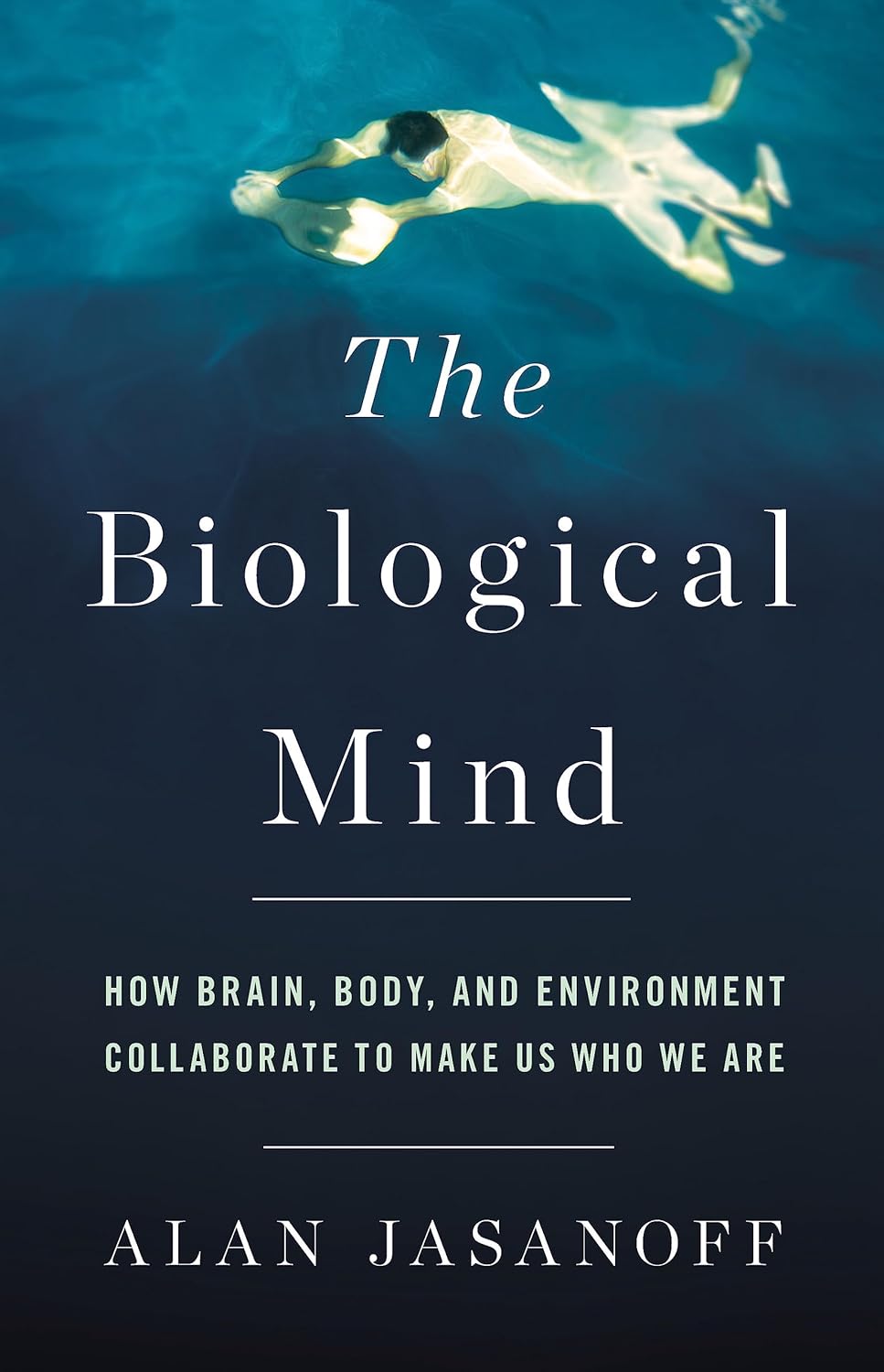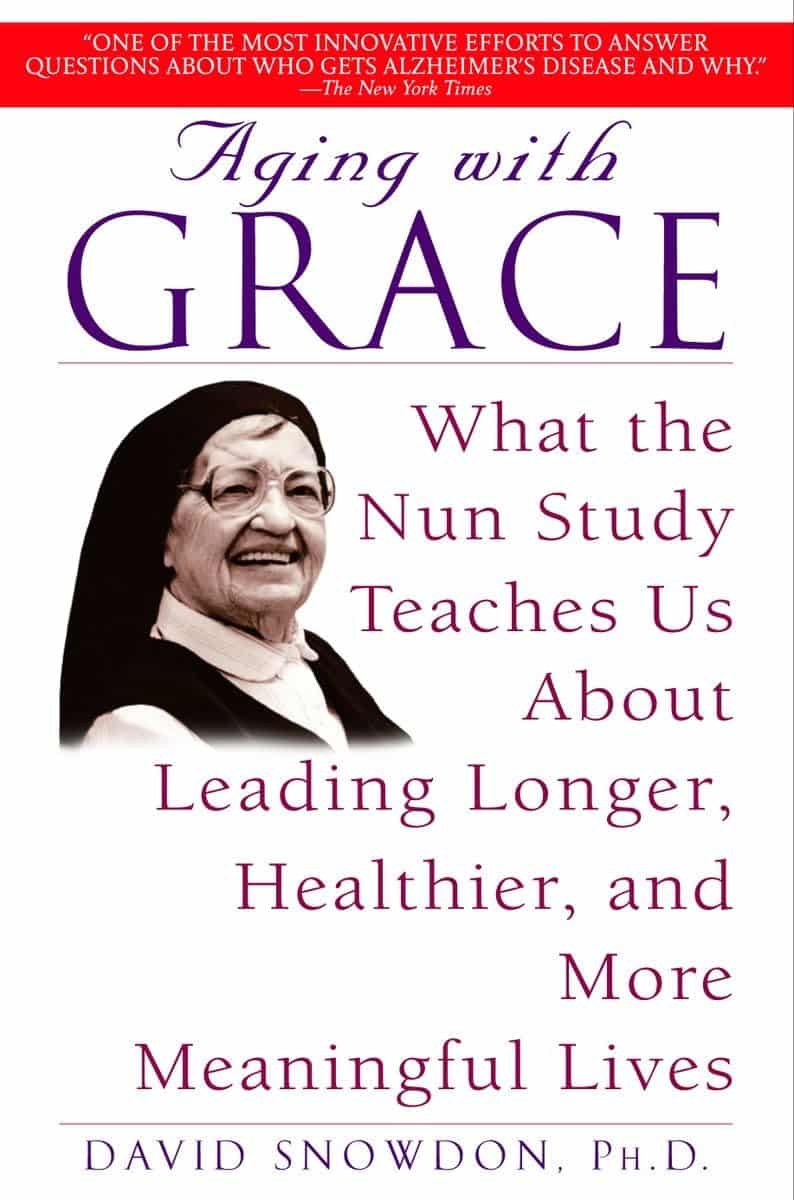
The CBT Workbook for Mental Health – by Dr. Simon Rego & Sarah Fader
10almonds is reader-supported. We may, at no cost to you, receive a portion of sales if you purchase a product through a link in this article.
We have often reviewed psychology books here with a note saying “and no, it’s not just a book of the standard CBT techniques that you probably already know”.
So today, this one’s for anyone who was ever thinking “but I don’t know the standard CBT techniques and I would like to know them!”.
The authors outline specific solutions to many common quantifiable problems, with simple exercises that are well-explained and easy to implement.
Cognitive Behavioral Therapy (CBT) is not a panacea, but for the things it can be used for, it’s very effective and is a very good “first thing to reach for” to see if it works, because its success rate for a lot of problems is very high.
What kinds of things is this book most likely to help with? A lot of common forms of stress, anxiety, self-esteem issues, cravings, shame, and relationship issues. Other things too, but we can’t list everything and that list already covers a lot of very high-incidence stuff.
Bottom line: if CBT isn’t something already in your toolbox, this book will help you add all its best tips and tricks.
Click here to check out The CBT Workbook for Mental Health, and get tooled up!
Don’t Forget…
Did you arrive here from our newsletter? Don’t forget to return to the email to continue learning!
Recommended
Learn to Age Gracefully
Join the 98k+ American women taking control of their health & aging with our 100% free (and fun!) daily emails:
-
The Sucralose News: Scaremongering Or Serious?
10almonds is reader-supported. We may, at no cost to you, receive a portion of sales if you purchase a product through a link in this article.
What’s the news on sucralose?
These past days the press has been abuzz with frightening tales:
- This Common Artificial Sweetener Can Break Down DNA, Scientists Warn
- Sucralose Damages DNA, Linked to Leaky Gut
- Chemical found in common sweetener damages DNA
- Chemical found in widely used sweetener breaks up DNA
- Chemical from Splenda breaks up DNA
How true and/or serious is this?
Firstly, let’s manage expectations. Pineapple juice also breaks down DNA, but is not generally considered a health risk. So let’s keep that in mind, while we look into the science.
Is sucralose as scary as pineapple juice, or is it something actually dangerous?
The new study (that sparked off these headlines)
The much-referenced study is publicly available to read in full—here it is:
You may notice that this doesn’t have quite the snappy punchiness of some of the headlines, but let’s break this down, if you’ll pardon the turn of phrase:
- Toxicological: pertaining to whether or not it has toxic qualities
- Pharmacokinetic: the science of asking, of chemicals in bodies, “where did it come from; where did it go; what could it do there; what can we know?”
- Sucralose-6-acetate: an impurity that can be found in sucralose. For perspective, the study found that the sucralose in Splenda contained “up to” 0.67% sucralose-6-acetate.
- Sucralose: a modified form of sucrose, that makes it hundreds of times sweeter, and non-caloric because the body cannot break it down so it’s treated as a dietary fiber and just passes through
- In vitro: things are happening in petri dishes, not in animals (human or otherwise), which would be called “in vivo”
- Screening assays: “we set up a very closed-parameters chemical test, to see what happens when we add this to this” ⇽ oversimplification, but this is the basic format of a screening assay
Great, now we understand the title, but what about the study?
Researchers looked primarily at the effects of sucralose-6-acetate and sucralose (together and separately) on epithelial cells (these are very simple cells that are easy to study; conveniently, they are also most of what makes up our intestinal walls). For this, they used a fancy way of replicating human intestinal walls, that’s actually quite fascinating but beyond the scope of today’s newsletter. Suffice it to say: it’s quite good, and/but has its limitations too. They also looked at some in vivo rat studies.
What they found was…
Based on samples from the rat feces (somehow this didn’t make it into the headlines), it appears that sucralose may be acetylated in the intestines. What that means is that we, if we are like the rats (definitely not a given, but a reasonable hypothesis), might convert up to 10% of sucralose into sucralose-6-acetate inside us. Iff we do, the next part of the findings become more serious.
Based on the in vitro simulations, both sucralose and sucralose-6-acetate reduced intestinal barrier integrity at least a little, but sucralose-6-acetate was the kicker when it came to most of the effects—at least, so we (reasonably!) suppose.
Basically, there’s a lot of supposition going on here but the suppositions are reasonable. That’s how science works; there’s usually little we can know for sure from a single study; it’s when more studies roll in that we start to get a more complete picture.
What was sucralose-6-acetate found to do? It increased the expression of genes associated with inflammation, oxidative stress, and cancer (granted those three things generally go together). So that’s a “this probably has this end result” supposition.
More concretely, and which most of the headlines latched onto, it was found (in vitro) to induce cytogenic damage, specifically, of the clastogenic variety (produces DNA strand breaks—so this is different than pineapple’s bromelain and DNA-helicase’s relatively harmless unzipping of genes).
The dose makes the poison
So, how much is too much and is that 0.67% something to worry about?
- Remembering the rat study, it may be more like 10% once our intestines have done their thing. Iff we’re like rats.
- But, even if it’s only 0.67%, this will still be above the “threshold of toxicological concern for genotoxicity”, of 0.15µg/person/day.
- On the other hand, the fact that these were in vitro studies is a serious limitation.
- Sometimes something is very dangerous in vitro, because it’s being put directly onto cells, whereas in vivo we may have mechanisms for dealing with that.
We won’t know for sure until we get in vivo studies in human subjects, and that may not happen any time soon, if ever, depending on the technical limitations and ethical considerations that sometimes preclude doing certain studies in humans.
Bottom line:
- The headlines are written to be scary, but aren’t wrong; their claims are fundamentally true
- What that means for us as actual humans may not be the same, however; we don’t know yet
- For now, it is probably reasonable to avoid sucralose just in case
Share This Post
-
How Not to Diet – by Dr. Michael Greger
10almonds is reader-supported. We may, at no cost to you, receive a portion of sales if you purchase a product through a link in this article.
We’ve talked before about Dr. Greger’s famous “How Not To Die” book, and we love it and recommend it… But… It is, primarily, a large, dry textbook. Full of incredibly good science and information about what is statistically most likely to kill us and how to avoid that… but it’s not the most accessible.
“How Not To Diet“, on the other hand, is a diet book, is very readable, and assumes the reader would simply like to know how to healthily lose weight.
By focussing on this one problem, rather than the many (admittedly important) mortality risks, the reading is a lot easier and lighter. And, because it’s still Dr. Greger advocating for the same diet, you’ll still get to reduce all those all-cause mortality risks. You won’t be reading about them in this book; it will now just be a happy side effect.
While in “How Not To Die”, Dr. Greger looked at what was killing people and then tackled those problems, here he’s taken the same approach to just one problem… Obesity.
So, he looks at what is causing people to be overweight, and methodically tackles those problems.
We’ll not list them all here—there are many, and this is a book review, not a book summary. But suffice it to say, the work is comprehensive.
Bottom line: this book methodically and clinically (lots of science!) looks at what makes us overweight… And tackles those problems one by one, giving us a diet optimized for good health and weight loss. If you’d like to shed a few pounds in a healthy, sustainable way (that just happens to significantly reduce mortality risk from other causes too) then this is a great book for you!
Click here to check out “How Not To Diet” on Amazon and get healthy for life!
Share This Post
-
Avocado vs Blueberries – Which is Healthier?
10almonds is reader-supported. We may, at no cost to you, receive a portion of sales if you purchase a product through a link in this article.
Our Verdict
When comparing avocado to blueberries, we picked the avocado.
Why?
These two fruits aren’t as similar as some of the comparisons we’ve made—we often go for “can be used in the same way culinarily” comparisons. But! They are both popularly in the “superfood” category, so it’s interesting to consider:
In terms of macros, avocado has more protein, (healthy!) fat, and fiber, while blueberries have more carbs. An easy win for avocado here, unless you’re on a calorie-controlled diet perhaps, since avocado is also higher in those. About that fat; it’s mostly monounsaturated, with some polyunsaturated and saturated, and is famously a good source of omega-3 in the form of ALA.
In the category of vitamins, avocado has more of vitamins A, B1, B2, B3, B5, B6, B7, B9, C, E, K, and choline, while blueberries are not higher in any vitamins. So, not a tricky decision here.
When it comes to minerals, avocado has more calcium, copper, iron, magnesium, phosphorus, potassium, selenium, and zinc, while blueberries are higher in manganese. Another win for avocados.
There is one other category that’s important to consider in this case, and that’s polyphenols. We’d be here all day if we listed them all, but in total, blueberries have about 1193x the polyphenol content that avocados do. Blueberries got the reputation for antioxidant properties for a reason; it is well-deserved!
So, out of the two, we declare avocado the overall more nutritious of the two, but blueberries absolutely deserve the acclaim they get also.
Want to learn more?
You might like to read:
Give Us This Day Our Daily Dozen
Take care!
Share This Post
Related Posts
-
Smart Hearing – by Katherine Bouton
10almonds is reader-supported. We may, at no cost to you, receive a portion of sales if you purchase a product through a link in this article.
The author’s hearing loss began in her 30s, and now she’s in her 70s with even less hearing, and/but much more experience. Having worked at the Hearing Loss Association of America for much of that time, she has a lot to share.
This book is a practical guide to adult-onset hearing loss, and aims to help the reader navigate not just the difficulties inherent to the condition, but also the complexities around it that are largely societal, administrative, financial, and so forth.
She advocates for early intervention where possible, and that most people in the early stages of hearing loss don’t realize what’s happening. They will tend to just blame the noisy environment, or the speaker, for example. And beyond just hearing tests, she recommends specifics that you might not have heard of, such as the speech-in-noise test.
With regard to technology, she covers the various options,and also ways to pay for them (because Medicare won’t)—which latter is specific to the US, so if you’re from somewhere else, then probably a) this advice won’t help, but b) you probably won’t need it, as most places have more comprehensive healthcare coverage.
The style is quite personal while remaining professional; she often uses her own story as an illustration, but covers experiences other than hers just as thoroughly, so that no major variant of hearing loss gets overlooked.
Bottom line: if you and/or a loved one aren’t hearing/understanding auditory things so well as you used to, this book can help guide you into a position of more practical empowerment, without the need for quite so much trial and error as you might otherwise find alone.
Click here to check out Smart Hearing, and live better with hearing loss!
Don’t Forget…
Did you arrive here from our newsletter? Don’t forget to return to the email to continue learning!
Learn to Age Gracefully
Join the 98k+ American women taking control of their health & aging with our 100% free (and fun!) daily emails:
-
Is Ant Oil Just “Snake Oil”?
10almonds is reader-supported. We may, at no cost to you, receive a portion of sales if you purchase a product through a link in this article.
We Tested Out “Ant Egg Oil”
Did you know?! There’s a special protein found only in the eggs of a particular species of ant found in Turkey, that can painlessly and permanently stop (not just slow!) hair regrowth in places you’d rather not have hair.
Neither did we, and when we heard about it, we did our usual research, and discovered a startling secret.
…there probably isn’t.
We decided to dig deeper, and the plot (unlike the hair in question) thickens:
We could not find any science for or against (or even generally about) the use of ant egg oil to prevent hair regrowth. Not a peep. What we did find though was a cosmetic chemist who did an analysis of the oil as sold, and found its main ingredient appears to be furan-2-carbaldehyde, or Furfural, to its friends.
Surprise! There’s also no science that we could find about the effect of Furfural (we love the name, though! Fur for all!) on hair, except that it’s bad for rodents (and their hair) if they eat a lot of it. So please don’t eat it. Especially if you’re a mouse.
And yet, many ostensibly real reviews out in the wild claim it works wonders. So, we took the investigative reporting approach and tried it ourselves.
That’s right, a plucky member of our team tried it, and she reports:
❝ At first glance, it seems like olive oil. There’s something else though, adding a darker colour and a slight bitterness to the smell.
After waxing, I applied a little every few days. When the hair eventually regrew (and it did), it grew back thinner, and removing the new hairs was a strangely easy experience, like pulling hairs out of soft soap instead of out of skin. It didn’t hurt at all, either.
I had more of the oil, so I kept going with the treatment, and twelve weeks later there are very few hairs regrowing at all; probably there will be none left soon. Whatever’s in this, be it from ant eggs or wheat bran or something else entirely, it worked for me!❞
So in short: it remains a mystery for now! If you try it, let us know how it went for you.
Here’s the “interesting” website that sells it, though you may find it for less on eBay or similar. (Note, we aren’t earning any commissions from these links. We just wanted to make it easier for you to dive deeper).
Don’t Forget…
Did you arrive here from our newsletter? Don’t forget to return to the email to continue learning!
Learn to Age Gracefully
Join the 98k+ American women taking control of their health & aging with our 100% free (and fun!) daily emails:
-
The Biological Mind – by Dr. Alan Jasanoff
10almonds is reader-supported. We may, at no cost to you, receive a portion of sales if you purchase a product through a link in this article.
How special is our brain? According to Dr. Alan Jasanoff, it’s not nearly as special as we think it is.
In this work, he outlines the case for how we have collectively overstated the brain’s importance. That it’s just another organ like a heart or a kidney, and that who we are is as much a matter of other factors, as what goes on in our brain.
In this reviewer’s opinion, he overcorrects a bit. The heart and kidneys are very simple organs, as organs go. The brain is not. And while everything from our gut microbiota to our environment to our hormones may indeed contribute to what is us, our brain is one thing that can’t just be swapped out.
Nevertheless, this very well-written book can teach us a lot about everything else that makes us us, including many biological factors that many people don’t know about or consider.
Towards the end of the book, he switches into futurist speculation, and his speculation can be summed up as “we cannot achieve anything worthwhile in the future”.
Bottom line: if you’ve an interest in such things as how transplanting glial cells can give a 30% cognitive enhancement, and how a brain transplant wouldn’t result in the same us in a different body, this is the book for you.
Click here to check out The Biological Mind, and learn about yours!
Don’t Forget…
Did you arrive here from our newsletter? Don’t forget to return to the email to continue learning!
Learn to Age Gracefully
Join the 98k+ American women taking control of their health & aging with our 100% free (and fun!) daily emails:



